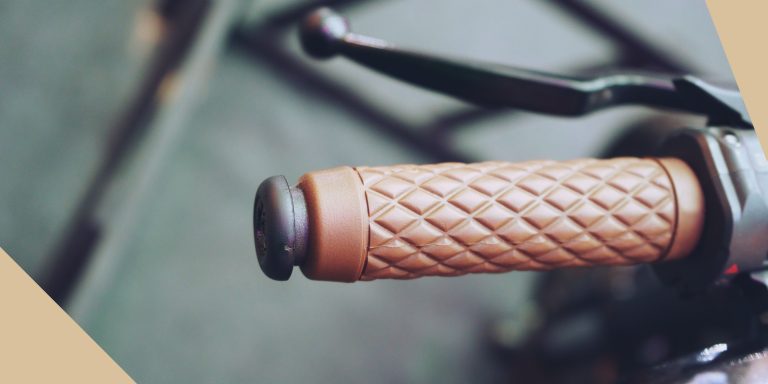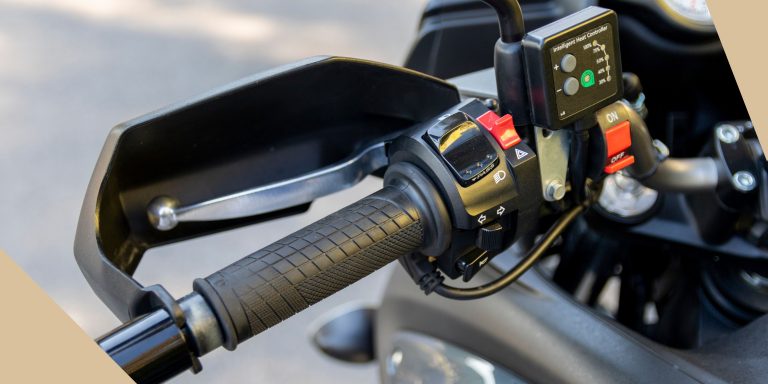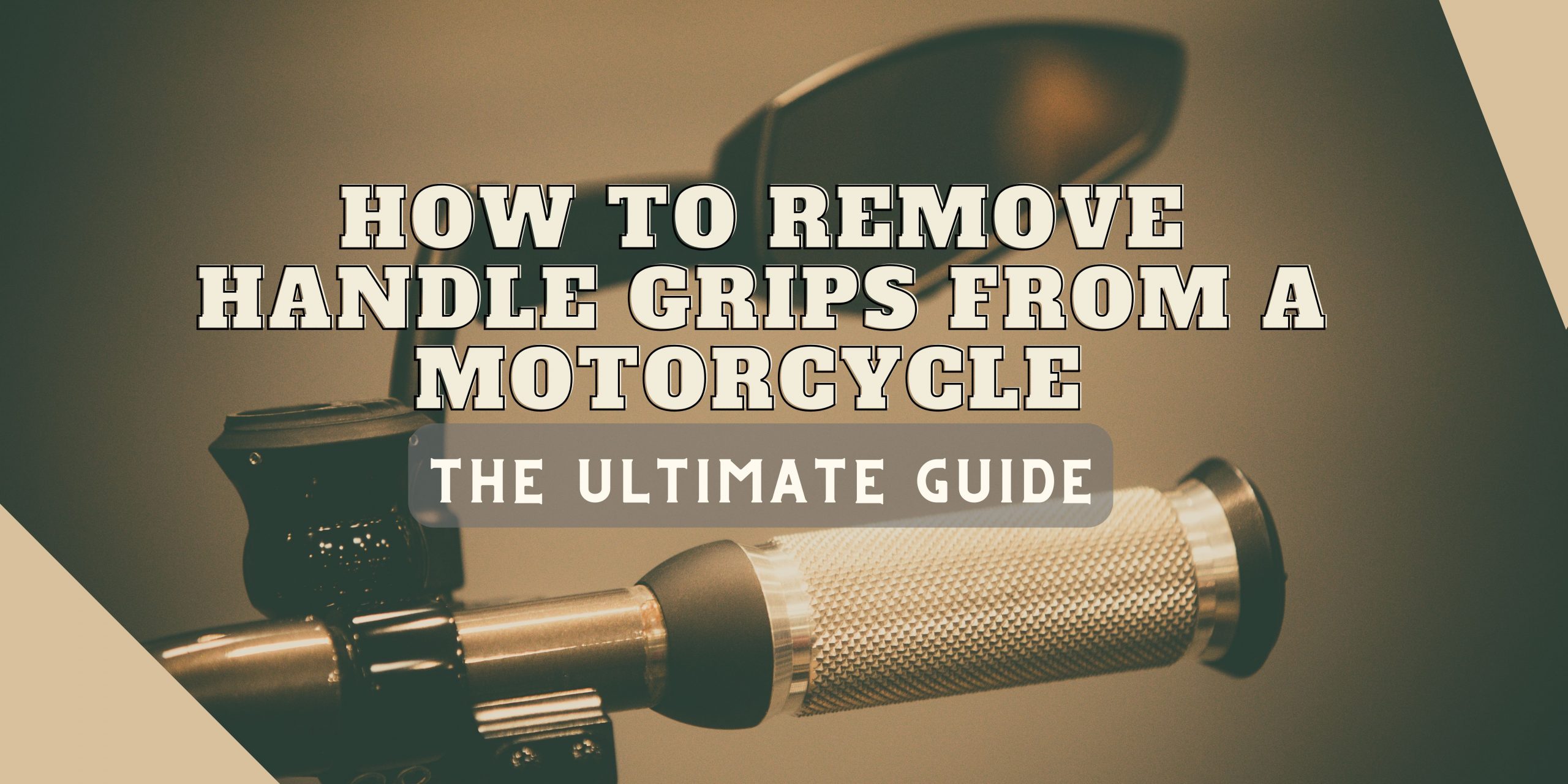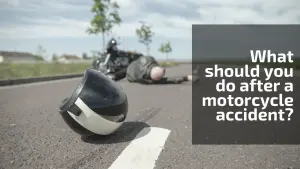When it comes to removing handle grips from a motorcycle, there is more than one way to skin a cat (or, in this case, remove those pesky handle grips). This blog post will discuss the best way to do it – using a heat gun. We will also provide some tips and tricks that will help make the process easier for you. So, if you’re ready to learn how to remove those pesky handle grips from your motorcycle, keep reading!
How to remove handle grips from a motorcycle
Over time, your motorcycle’s handle grips can become worn or damaged, making them unsafe. Thankfully, changing them is a relatively simple task that can be completed in minutes. First, use a utility knife to break the seal around the edge of the grip. Then, insert a small screwdriver or similar tool beneath the edge of the grip and pry it up. Once you have a corner lifted, slowly work around the grip until it is completely removed. To install new grips, simply reverse the process. Start by peeling back the adhesive liner on one end of the grip, then align it with the handlebar and press it into place. Work your way around the grip until it is fully seated, then repeat for the other side. With new grips in place, you’ll be back on the road.

How to use a heat gun to remove handle grips
If you’re looking to change up the look of your bike or want to get a better grip on the handlebars, you may need to remove the handle grips. This can be done with a few household tools, including a heat gun. Here’s how:
First, make sure the heat gun is set to a low temperature. You don’t want to damage the handlebars by accident. Then, hold the heat gun close to the end of the grip closest to the handlebar. You should start to see the grip soften and become pliable.
Once it’s softened enough, you can use your other hand to peel it off the handlebar slowly. If it’s stubborn, you can try using a blunt knife or screwdriver to loosen it up. Once it’s off, it repeats on the other side. Now you’re ready to install new grips!
Tips and tricks for removing handle grips
There are a few different ways to remove handle grips, and the best method will depend on the type of grip and the materials involved. For example, if you’re dealing with a metal object with a plastic or rubber grip, you can use a sharp tool to pry the grip off. If the grip is glued on, you may need a solvent to loosen the adhesive. It may be necessary to cut the grip off with a knife or saw in some cases. With any of these methods, it’s important to be careful not to damage the underlying surface.
If you’re trying to remove a handle grip from a wooden object, you’ll need to be more careful. Start by gently prying at the edges of the grip with a blunt tool. If that doesn’t work, you can try heating the grip with a hairdryer or heat gun. This will expand the material and make it easier to remove. Just be careful not to overheat the wood itself. Once the grip is loose, you should be able to pull it off by hand.

How to reinstall new handle grips
Every bicyclist knows that comfortable handle grips are essential for an enjoyable ride. Over time, however, handle grips can become worn or damaged, affecting both comfort and control. When this happens, it’s time to replace them. Luckily, this is a relatively straightforward process that only takes a few minutes.
Start by removing the old handle grips. If they are held on with end caps, simply unscrew them and pull off the grips. If the grips are glued on, use a utility knife to cut them away from the handlebars carefully. Once the old holds are removed, clean the handlebars with a cloth soaked in rubbing alcohol. This will remove any dirt or grime that could prevent the new grips from adhering correctly.
Next, apply a thin layer of grip adhesive to the inside of the new grips. Be sure to distribute the adhesive to avoid any uneven spots evenly. Slide the grips onto the handlebars and twist them into place. If you’re using end caps, screw them on tightly. Finally, give the adhesive time to dry before heading out for a ride. With new handles in place, you’ll be ready to enjoy your bike again in no time!
FAQs about removing handle grips from a motorcycle
Removing handle grips from a motorcycle can be a bit of a tricky process, but it’s doable. Here are a few of the most commonly asked questions about removing handle grips:
How do I remove the handle grips from my motorcycle?
There are a few different ways to remove handle grips from a motorcycle. The most common way to carefully cut through the grip tape is to use a sharp knife or razor blade. Another way is to use a heat gun or hair dryer to soften the grip tape, then peel it off.
What do I need to remove handle grips from my motorcycle?
It would help if you had a sharp knife or razor blade and a heat gun or hairdryer. You might also want gloves to protect your hands from the grip tape.
Can I reuse the handle grips after I remove them?
In most cases, yes – as long as they’re not too damaged. If the grip tape is peeling off or the grips are otherwise damaged, it’s probably best to buy new ones.
How do I prevent the handle grips from coming off?
You can do a few things to prevent the handle grips from coming off. First, make sure they’re installed correctly and that the end caps are screwed on tightly. Second, avoid using your bike in extreme weather conditions – either too hot or too cold. And finally, try to keep your hands clean and dry when riding. This will help to prevent the grips from slipping.
What should I do if my handle grip does come off?
If your handle grip does come off, don’t panic. Just stop riding and assess the situation. If the grip is loose, you can try tightening the end caps or reapplying the grip tape. If the grip is damaged, you’ll need to replace it.
Conclusion
Now that you know how to remove motorcycle handle grips, keep this guide in mind the next time you need to do so. It’s always good to have a few tools on hand and practice before attempting this project on your bike. Remember, safety first! And as always, if you have any questions or run into any problems while completing this project, don’t hesitate to reach out for help. We hope you found this guide helpful and that it will make the following grip removal go a little more smoothly for you.





